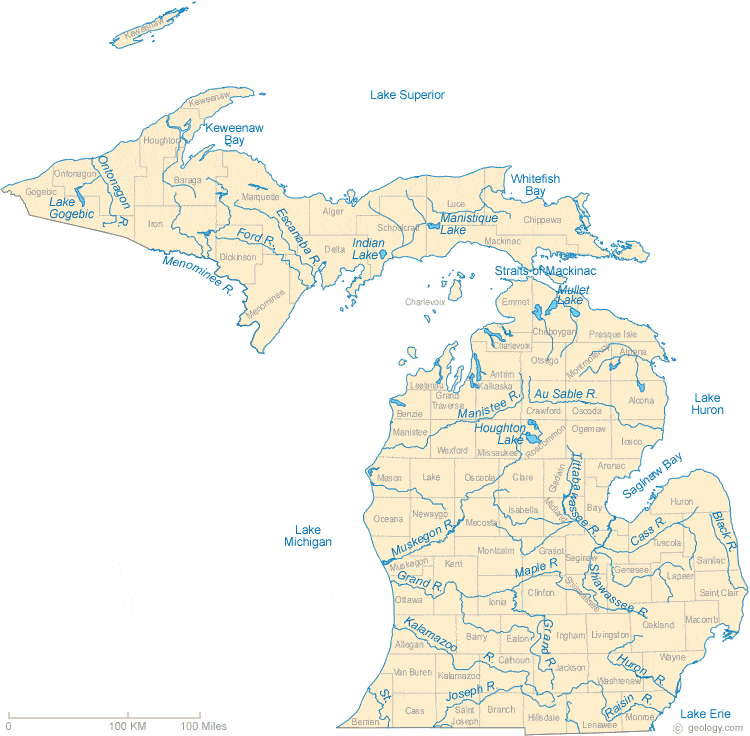“If you think of the Great Lakes as the heart of Michigan, the rivers are its arteries, and the health of those arteries is critically important.” – David Moryc, Senior Director Wild and Scenic Rivers and Public Lands Policy, American Rivers
Michigan is a state defined by water. While it is known for its connection to the Great Lakes, it’s also home to some of the most outstanding rivers in the United States: from the Au Sable, Manistee and Pere Marquette rivers in the south to the Presque Isle, Ontonagon, and Paint rivers in the Upper Peninsula. While boasting some 51,438 miles of rivers and streams, just one percent of these waterways are protected nationally as “Wild and Scenic.” Those that are designated need ongoing stewardship.

Michigan is proud to have many outstanding local stewards and American Rivers hopes to partner with them in protecting rivers as “Wild and Scenic,” a designation that permanently safeguards a river as free-flowing and works to preserve its outstanding benefits, such as fisheries, scenery and recreation. The organization was founded 1973 to leverage the "Wild and Scenic Rivers Act" to keep our nation’s wild rivers in their pristine state forever. When a river is deemed “Wild and Scenic,” it cannot be dammed, diverted, developed or in any way have its intrinsic values impacted.
With funding from The Walters Family Foundation, American Rivers is working to protect Michigan Rivers and build local river stewardship by building on previous planning efforts and conducting a Wild and Scenic River designation assessment. “We’re on the ground talking with residents and engaging with local agencies,” says Moryc. “We’re asking questions like: ‘How do you want to preserve your river resources for future generations?’ and ‘What are the opportunities to improve the management of rivers that are already protected?’”
Built on the organization’s proven model in other states, this grass-roots outreach aims to engage communities in a collaborative effort and illuminate a roadmap to future conservation efforts. “Michigan has remarkable, high-value rivers that people really cherish,” says Moryc. “Our goal is to help communities steward them into the future.”

